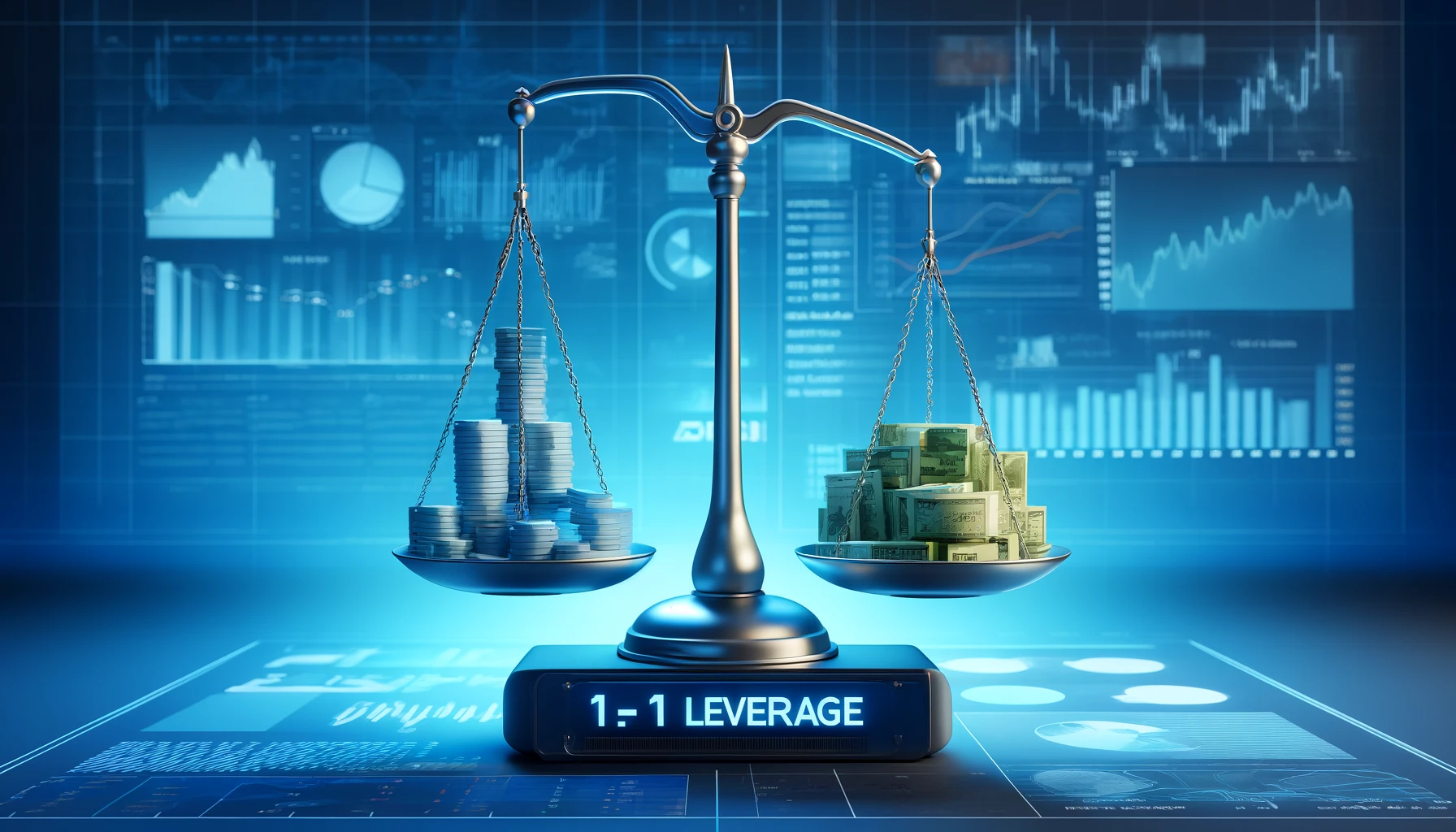-
Introduction
Leverage. The word alone sounds powerful, risky, and a little intimidating—and honestly, it should. Leverage in trading is like a double-edged sword. When used wisely, it magnifies profits. But when misused, it can wreck your account faster than you can say “margin call.” Whether you’re trading Forex or crypto, understanding leverage is non-negotiable. In this blog, we’ll dive deep into what leverage really means, how it works in both Forex and crypto markets, its benefits, risks, and the psychology behind using it smartly.
-
What Is Leverage in Trading?
Leverage allows traders to control a large position with a relatively small amount of capital. It’s essentially borrowed money from the broker or exchange to amplify the size of your trade. The main goal? Bigger gains from smaller price moves.
🔸 For example, if you have $1,000 and use 10x leverage, you can control a $10,000 position.
🔸 It magnifies profits and losses equally.
🔸 Common leverage in Forex is 50x to 500x, while in crypto it ranges from 2x to 125x depending on the exchange.
While it might sound like free money, it’s anything but. Leverage dramatically increases risk and requires disciplined risk management.
-
How Leverage Works in Forex Trading
Forex is the OG leverage playground. The currency market is massive, and since price movements are relatively small (often measured in pips), leverage is used to make trades meaningful in terms of profit.
🔸 Most Forex brokers offer leverage from 1:10 up to 1:500.
🔸 If you’re trading EUR/USD and want to open a $100,000 position with 1:100 leverage, you’d only need $1,000 margin.
🔸 Because of tight spreads and high liquidity, Forex leverage can be more stable—but still deadly if you overtrade.
Forex traders often rely on leverage to scalp small price movements or ride short-term trends. But without stop-loss orders and proper position sizing, things can go south real quick.
-
How Leverage Works in Crypto Trading
Crypto trading brings high volatility plus leverage—a combo that can be thrilling or catastrophic. Platforms like Binance, Bybit, and BitMEX allow traders to go as high as 125x leverage on certain coins.
🔸 Crypto exchanges typically offer 2x to 125x leverage depending on the asset and risk profile.
🔸 Due to crypto’s volatility, using even 10x leverage can be extremely risky.
🔸 Liquidation is common: if the price moves against your position by a small percent, your position can get wiped out.
Crypto leverage trading is popular among degens chasing fast gains, but let’s be honest—it’s more like gambling if you don’t know how to manage your position size or control your emotions.
-
Pros of Using Leverage
🔸 Amplified Gains: With proper strategy and risk management, leverage can significantly increase your returns.
🔸 Capital Efficiency: You can use less capital to control larger trades, freeing up cash for other opportunities.
🔸 Flexibility in Position Sizing: Leverage lets you scale into positions without committing your entire portfolio.
-
Risks of Using Leverage
🔸 Magnified Losses: Just like it multiplies profits, it multiplies losses. A 2% move against you on 50x leverage? That’s your entire capital gone.
🔸 Liquidation Risk: When your margin drops below maintenance level, your broker/exchange can auto-close your trade to prevent further loss.
🔸 Overtrading & Emotional Stress: Higher leverage tempts traders to overtrade, leading to impulsive decisions, panic exits, or revenge trades.
-
Margin vs. Leverage: What’s the Difference?
Margin and leverage are closely related but not the same:
🔸 Margin is the actual amount of money you need to open a trade. Think of it as a security deposit.
🔸 Leverage is the ratio that shows how much bigger your position can be relative to your margin.
For example, 1:100 leverage means you need to deposit 1% of the trade’s value as margin.
-
How to Use Leverage Responsibly
🔸 Start Low: If you’re new, stick with 2x–5x until you’ve got your risk management game solid.
🔸 Always Use a Stop-Loss: Treat stop-loss orders like your trading insurance. They limit your downside.
🔸 Calculate Position Sizes Carefully: Never go all-in. Risk only a small portion (like 1–2%) of your capital per trade.
🔸 Avoid Revenge Trading: After a loss, don’t crank up leverage to win it back. That’s the fast lane to blowing up.
-
The Psychology Behind Leverage
Leverage doesn’t just test your account—it tests your brain. The thrill of quick profits can turn into addiction. And the stress of watching your position fluctuate wildly causes fear, greed, and impulsiveness to hijack your logic.
🔸 Traders with emotional control use leverage like a scalpel—precisely and with caution.
🔸 Impulsive traders treat it like a chainsaw and usually end up cutting their own account down.
That’s why many pros say: It’s not the leverage that’s dangerous, it’s the trader using it.
-
Conclusion: Use Leverage Like a Pro, Not a Degen
Leverage is one of the most powerful tools in a trader’s arsenal—but it’s also one of the riskiest. In both Forex and crypto markets, it gives you the ability to make big moves with small capital. But without proper education, risk control, and emotional discipline, it can destroy your trading journey before it even begins.
Understand it. Respect it. Master it. And you’ll turn leverage from a liability into a powerful asset.




